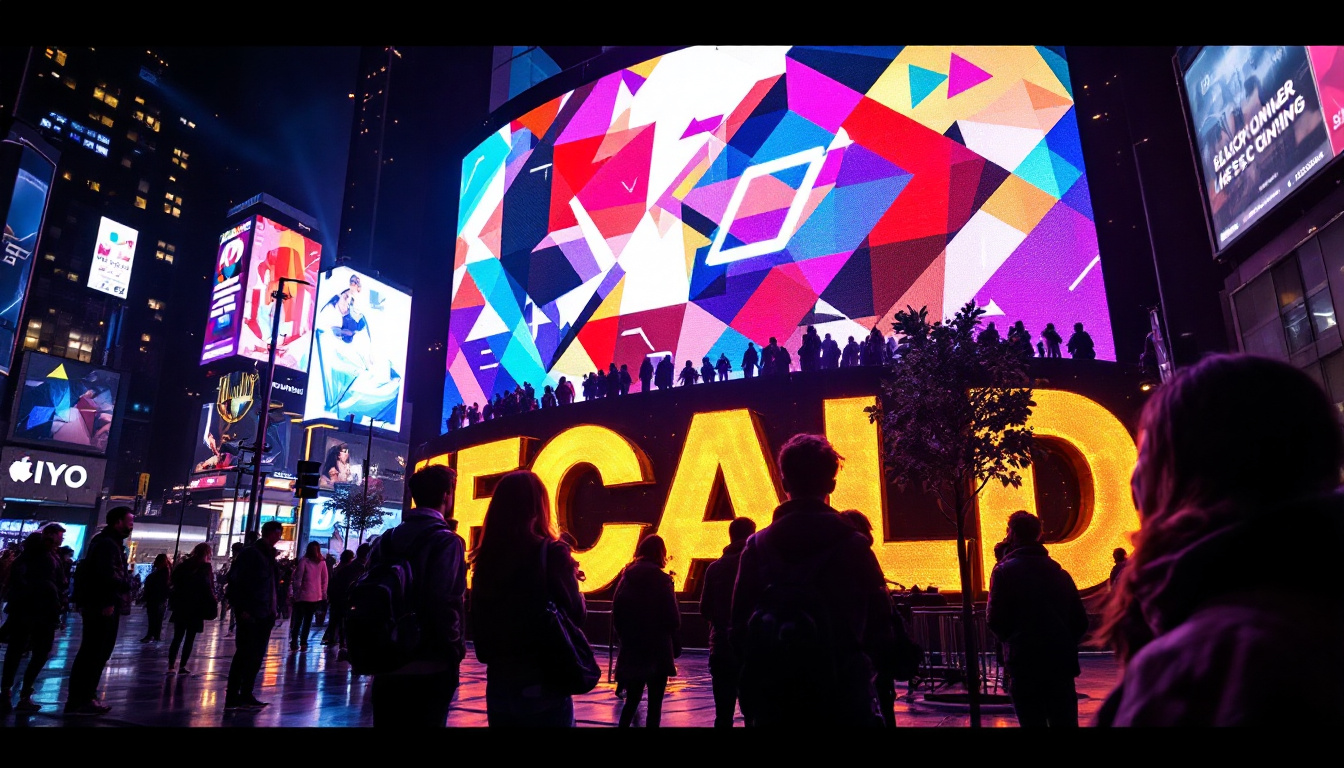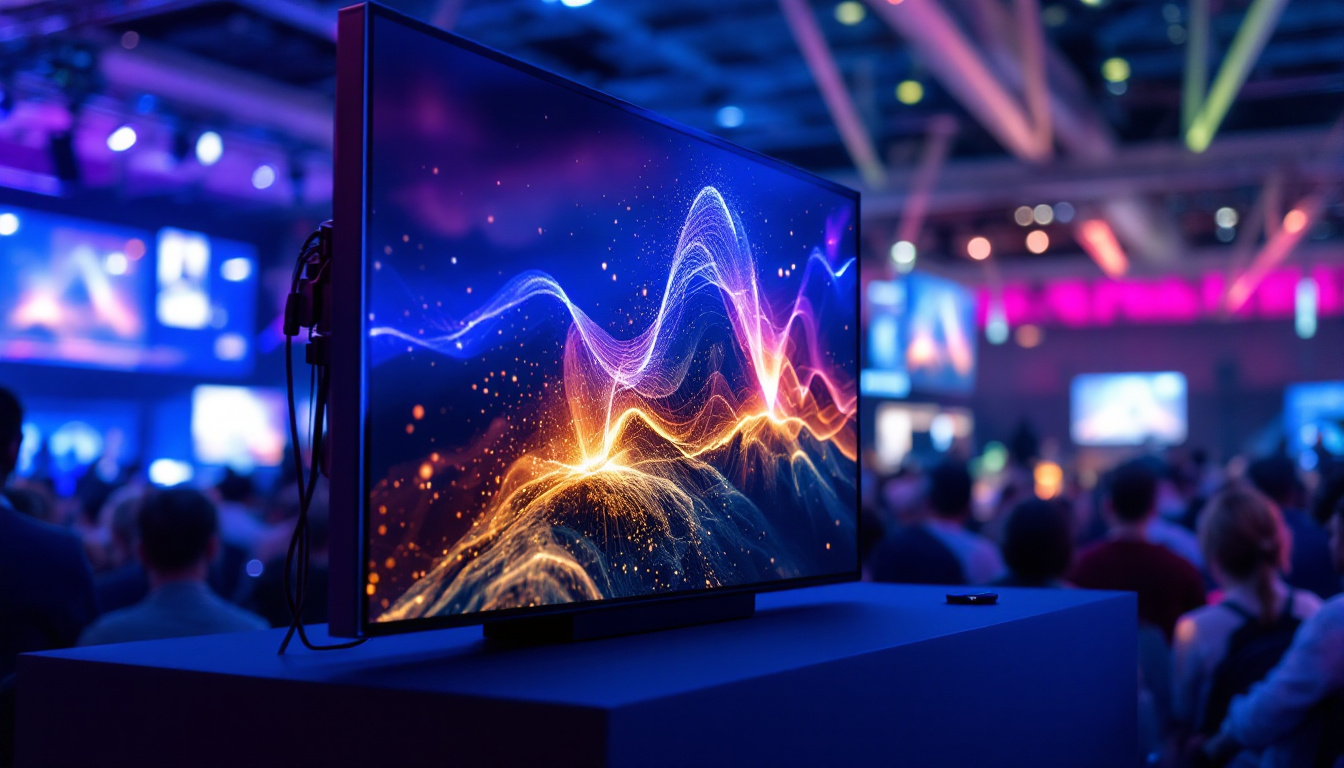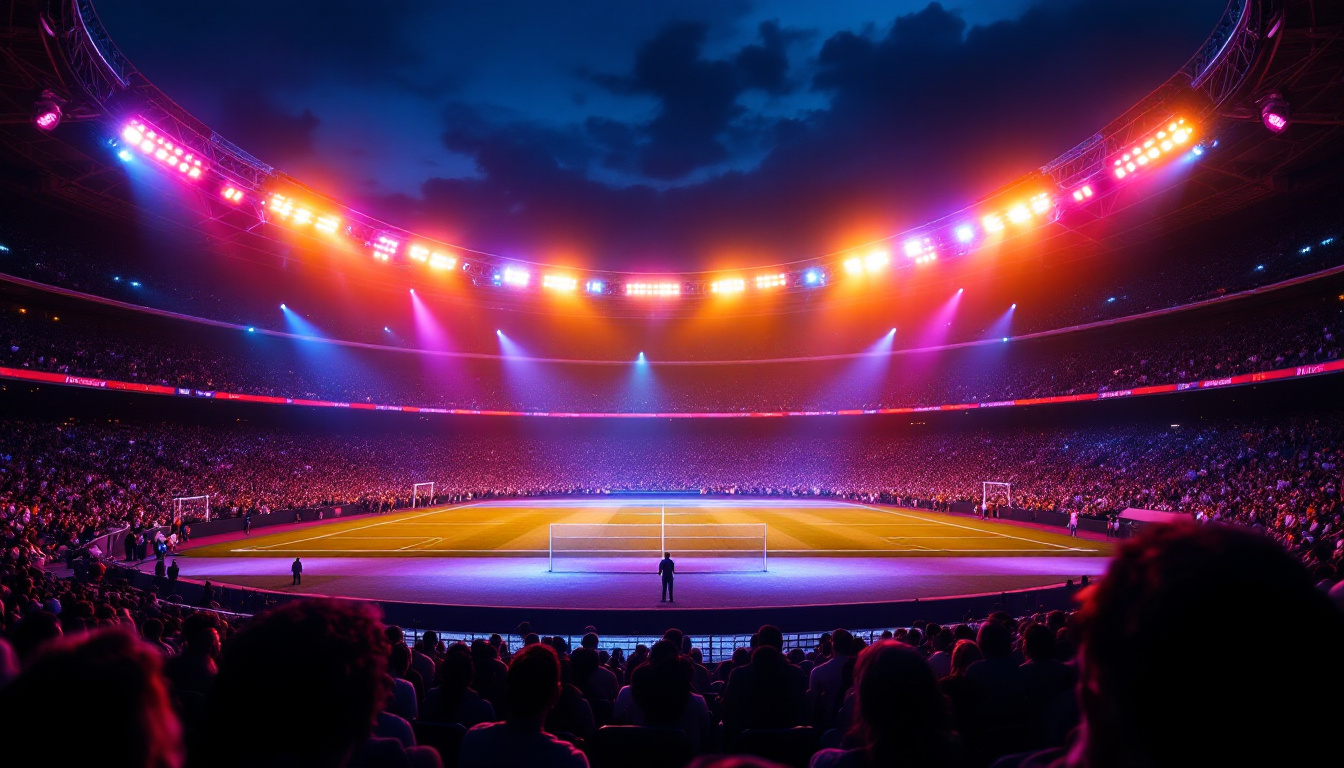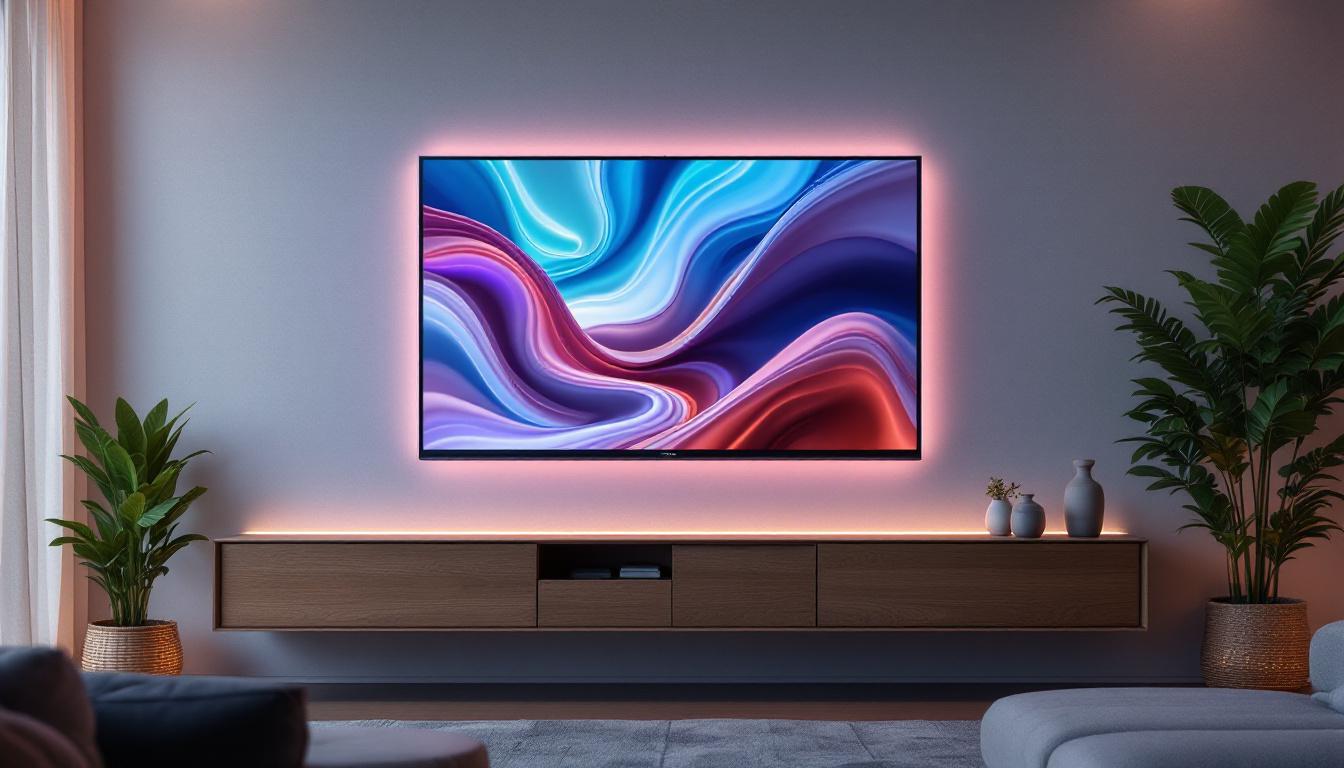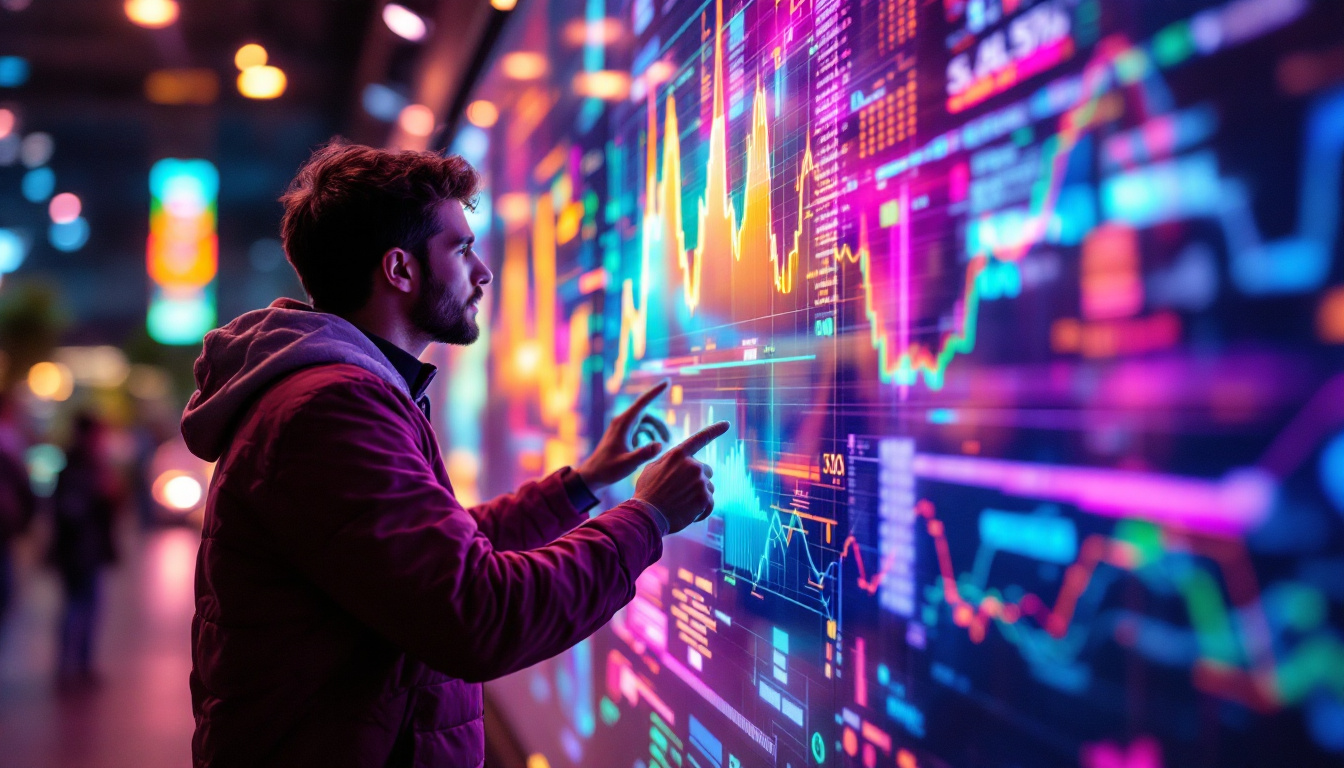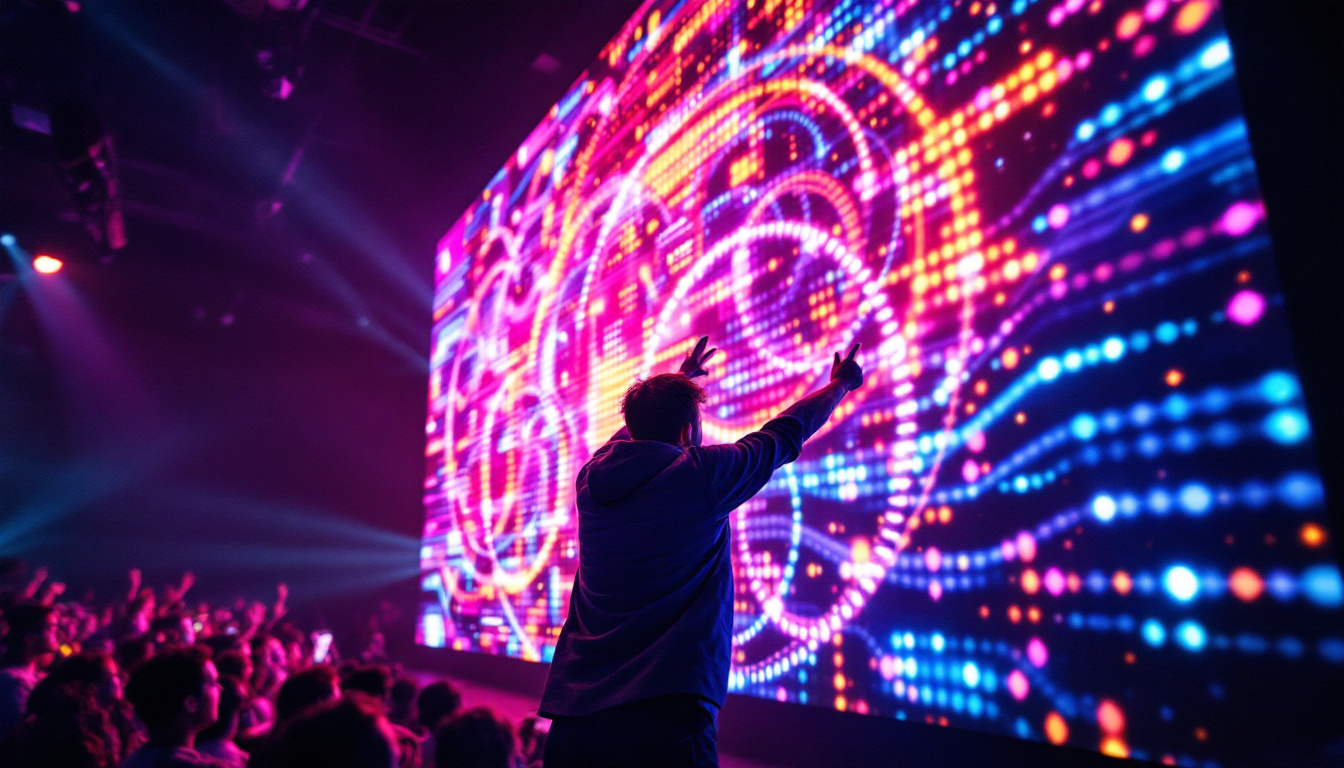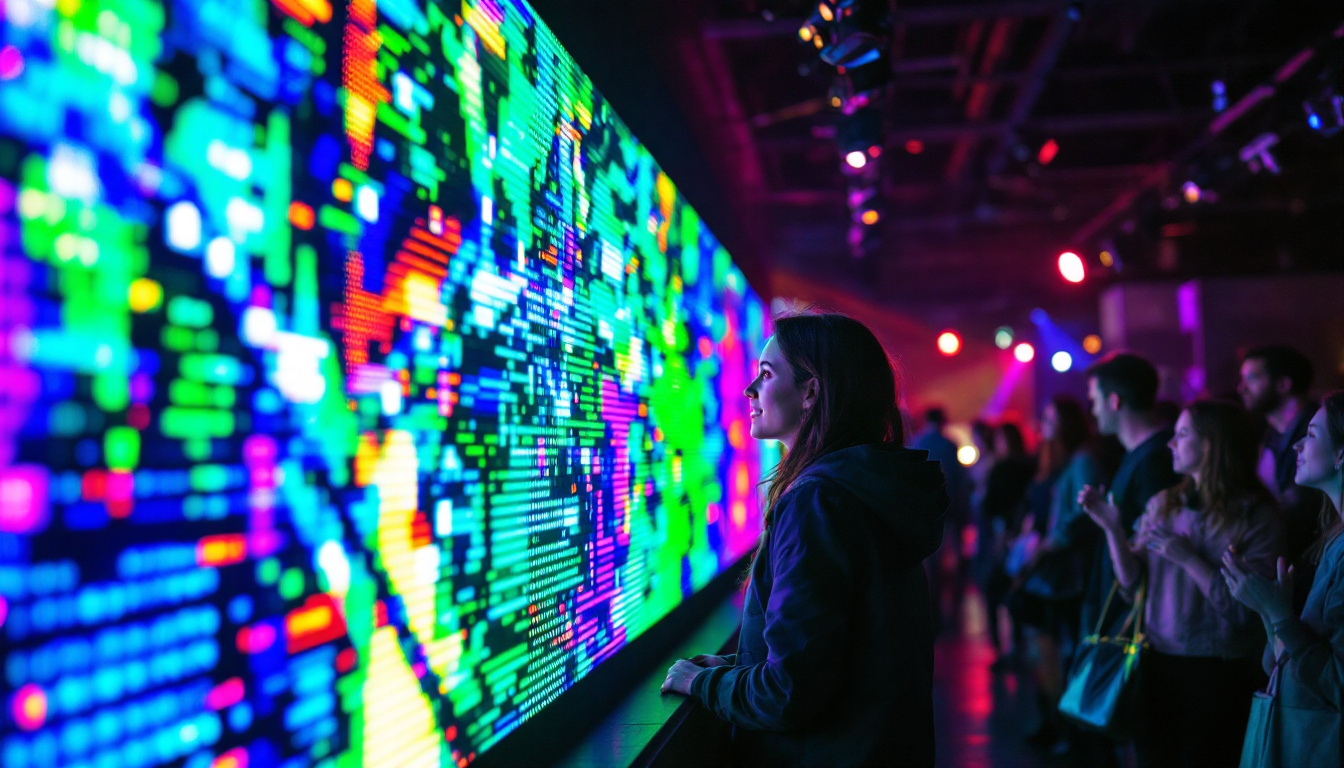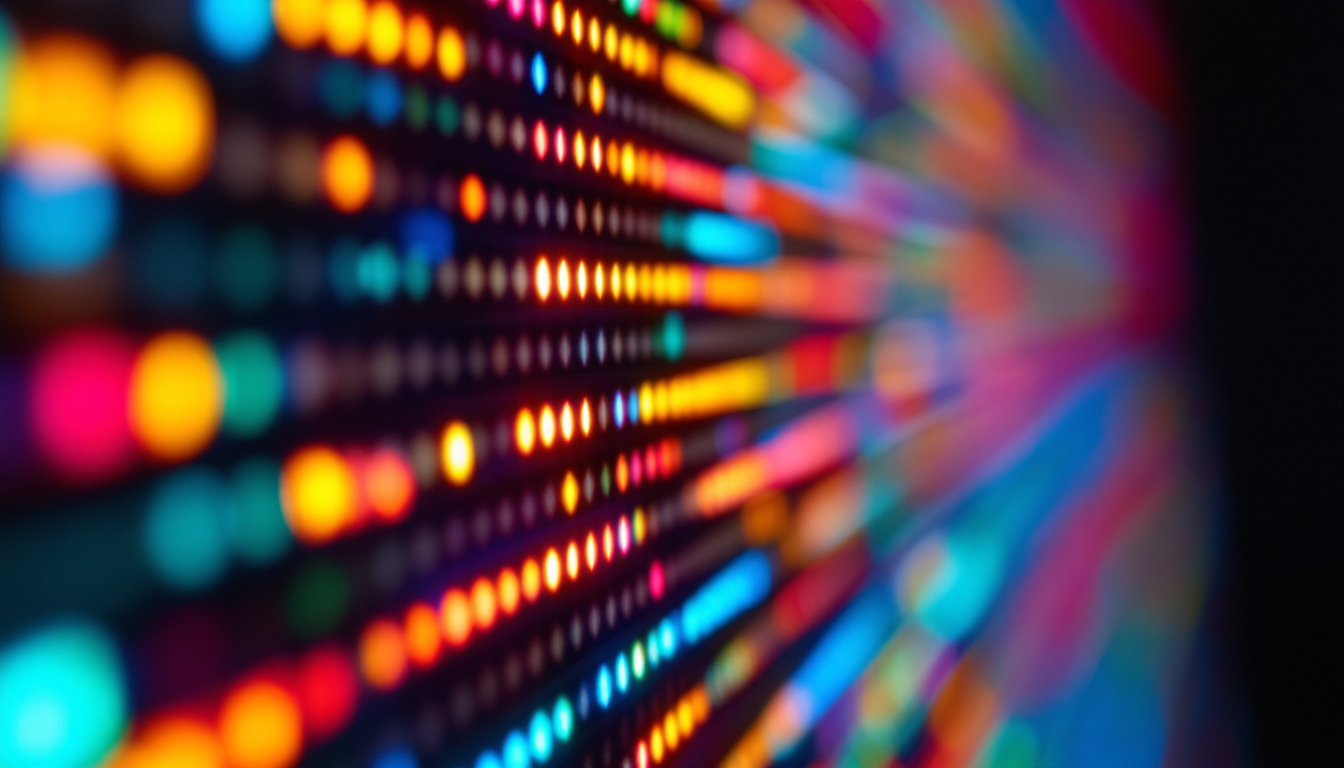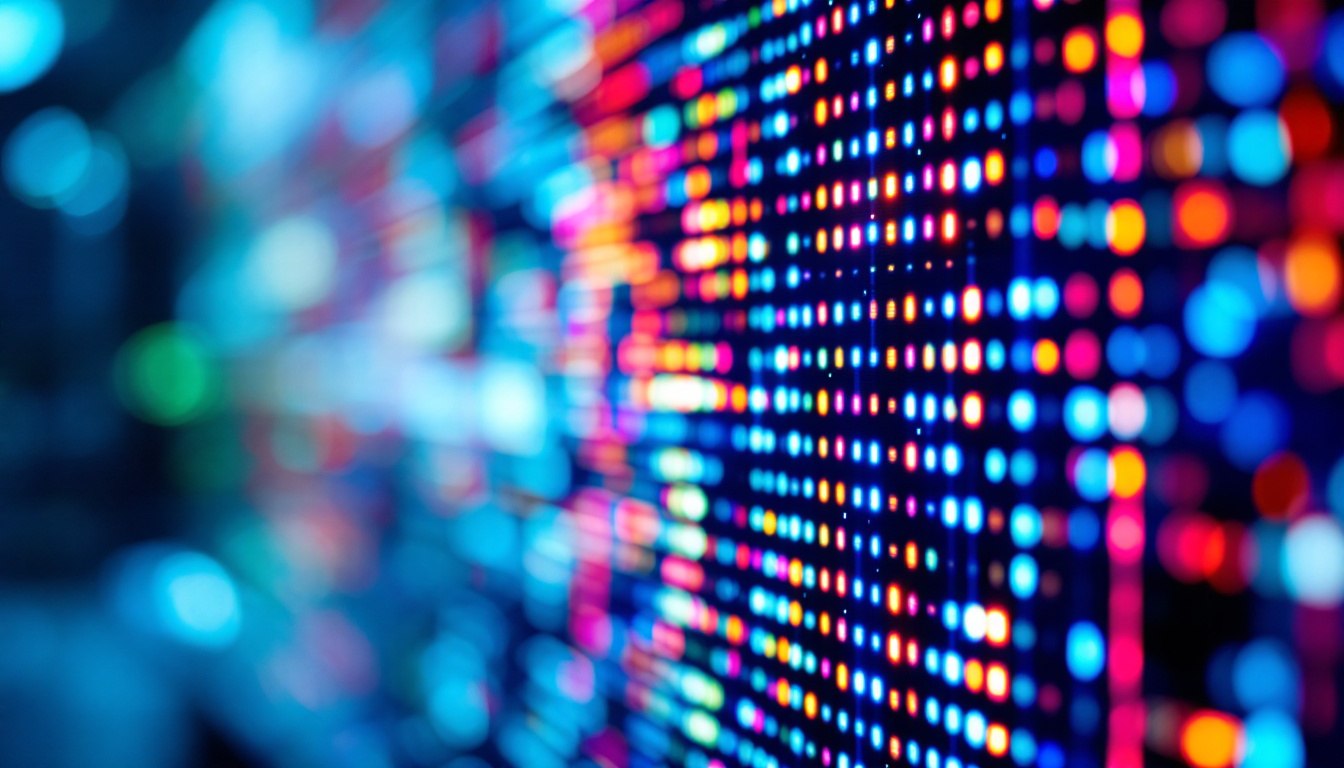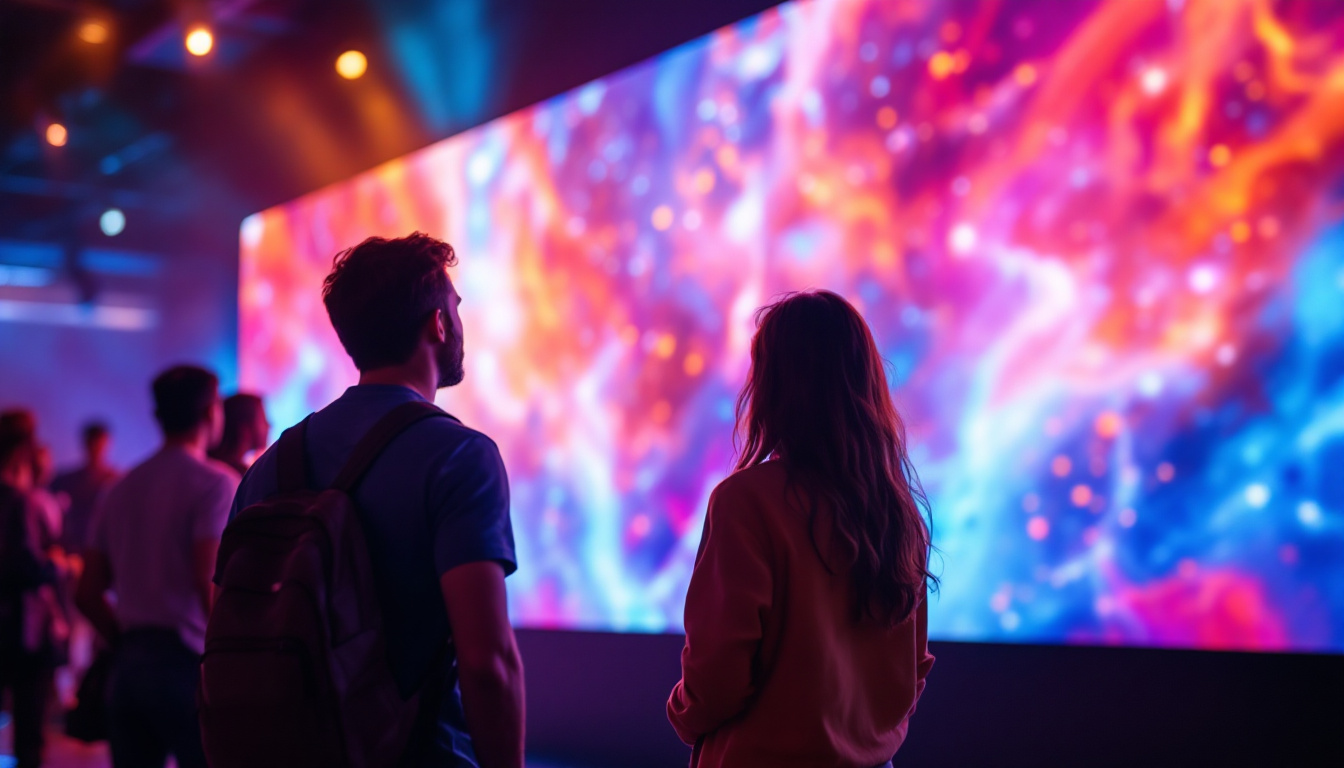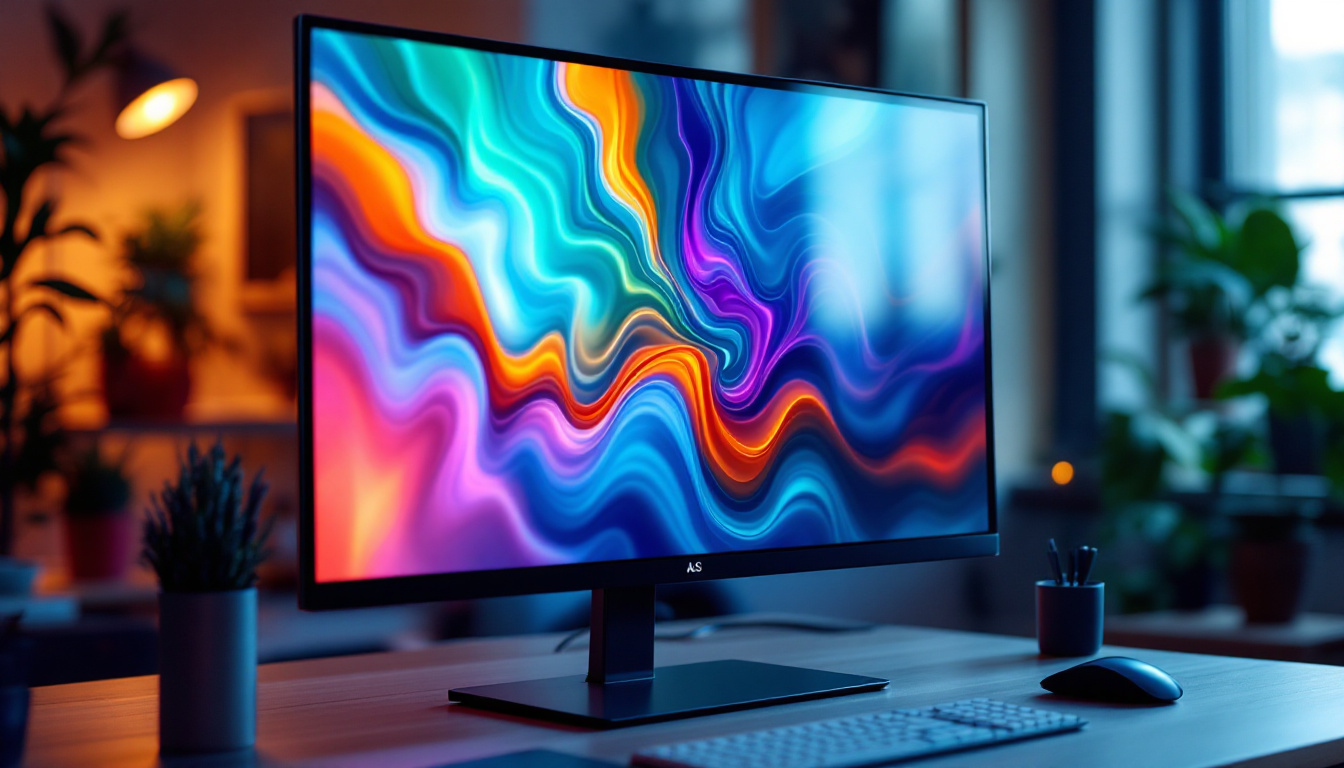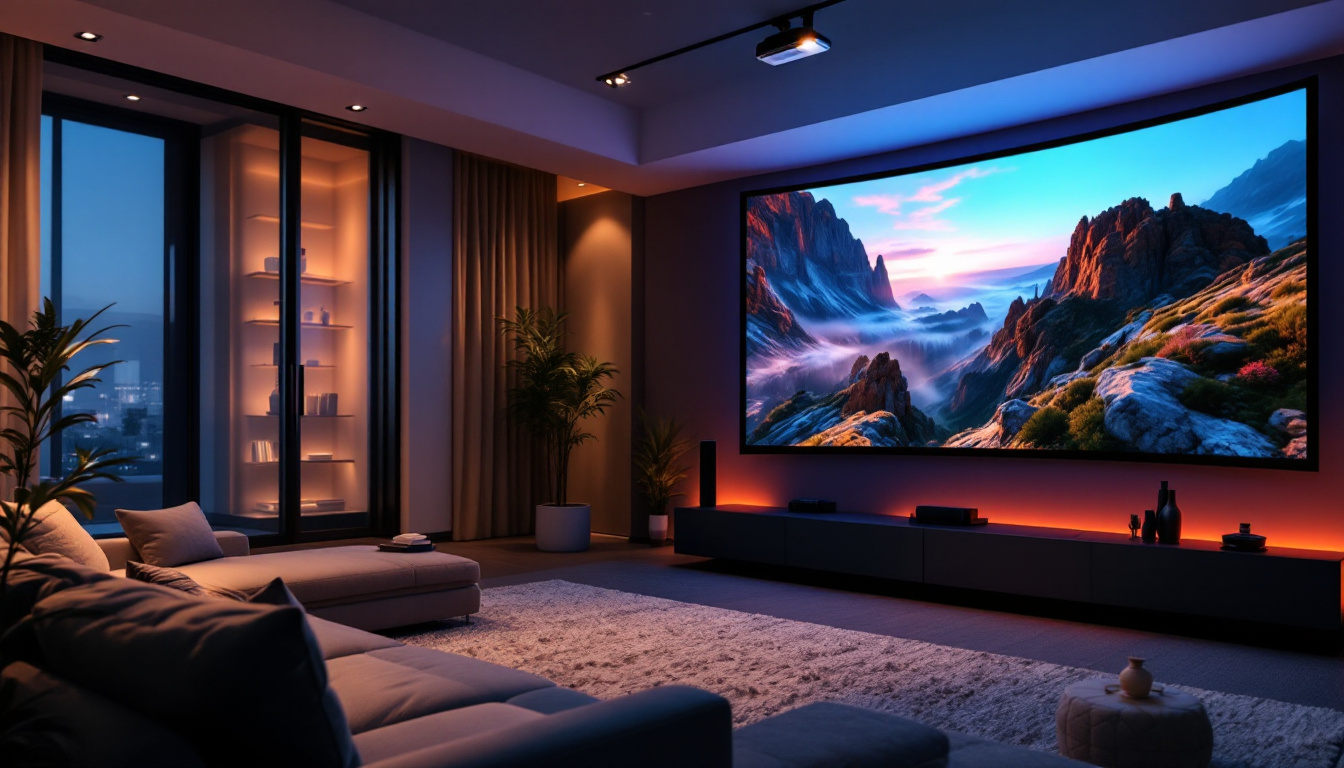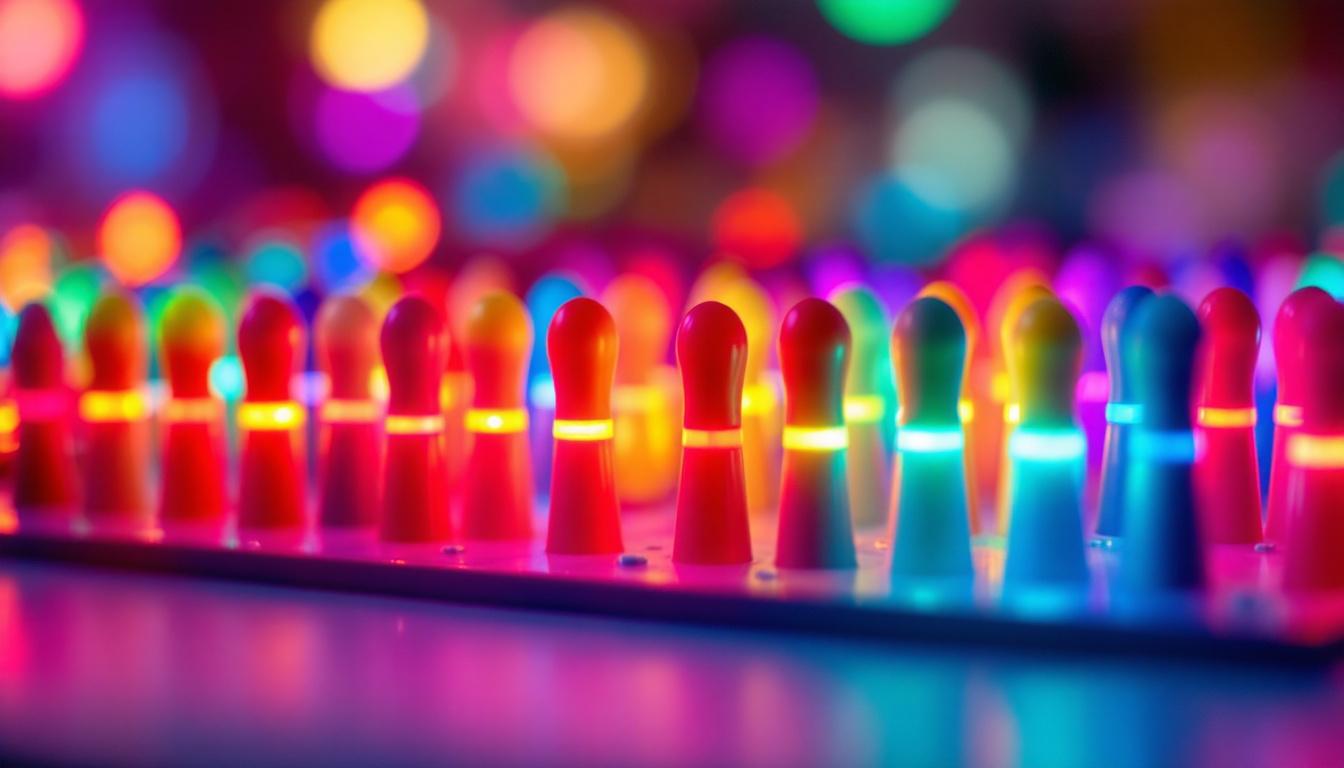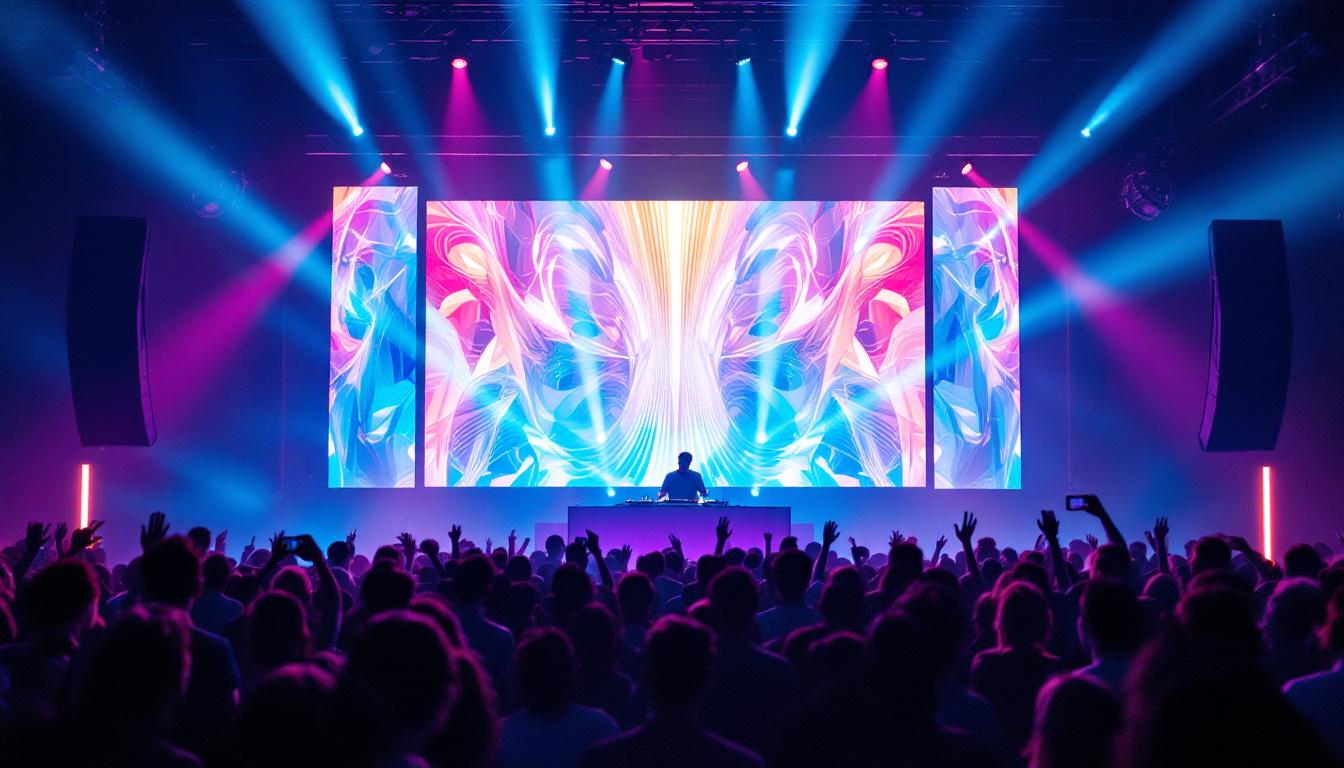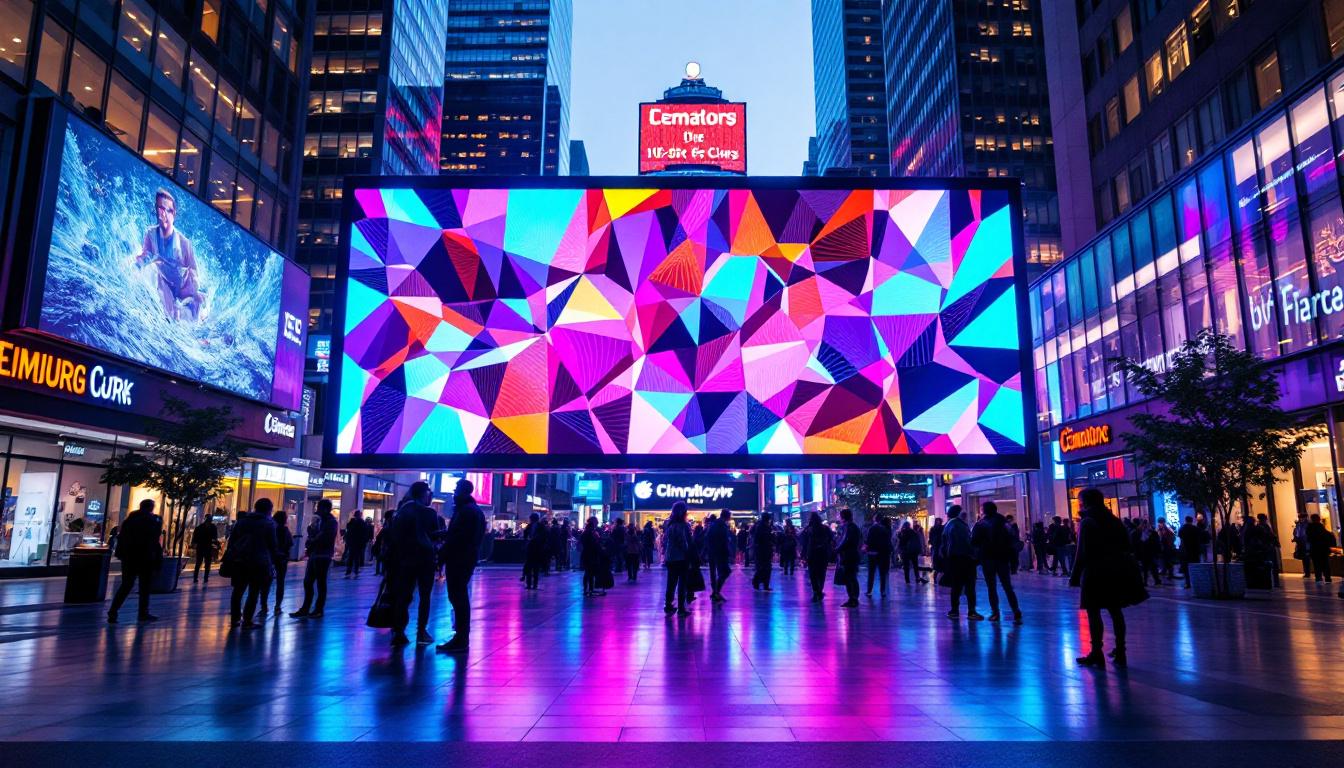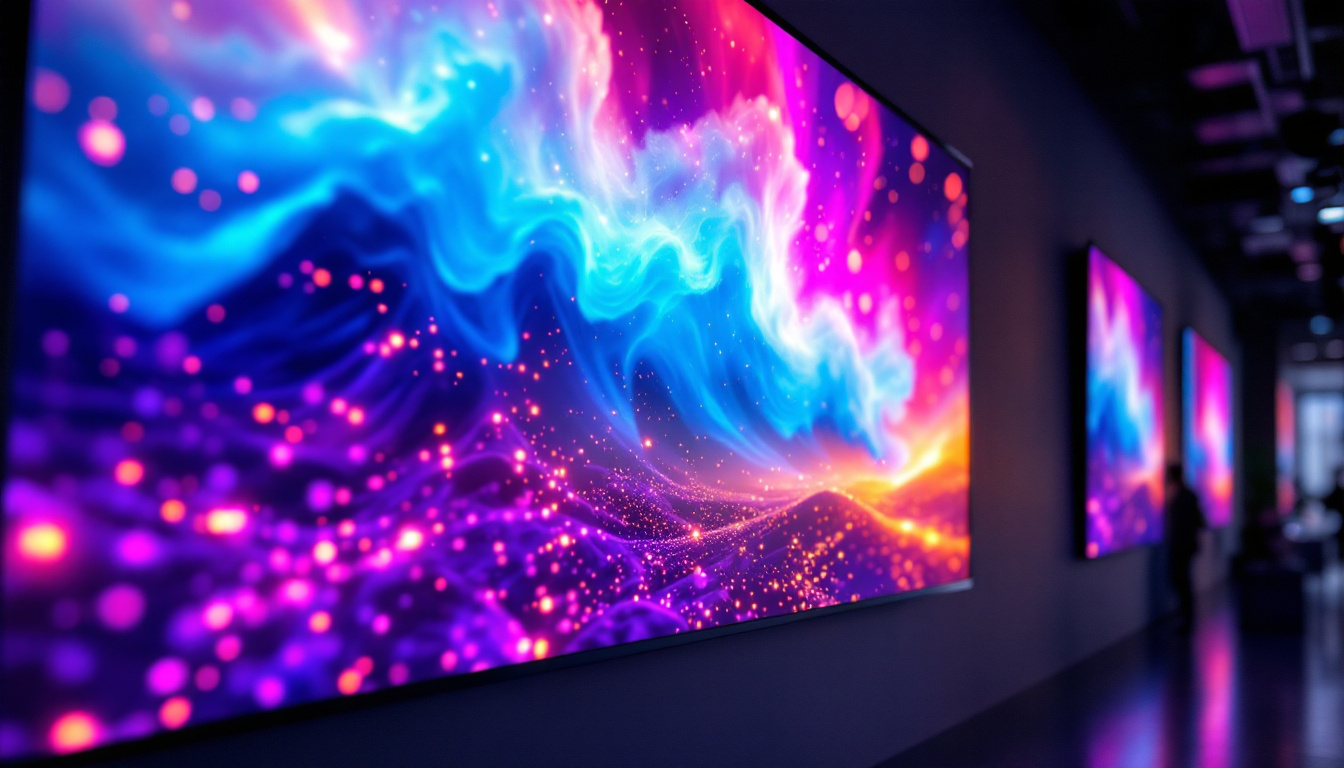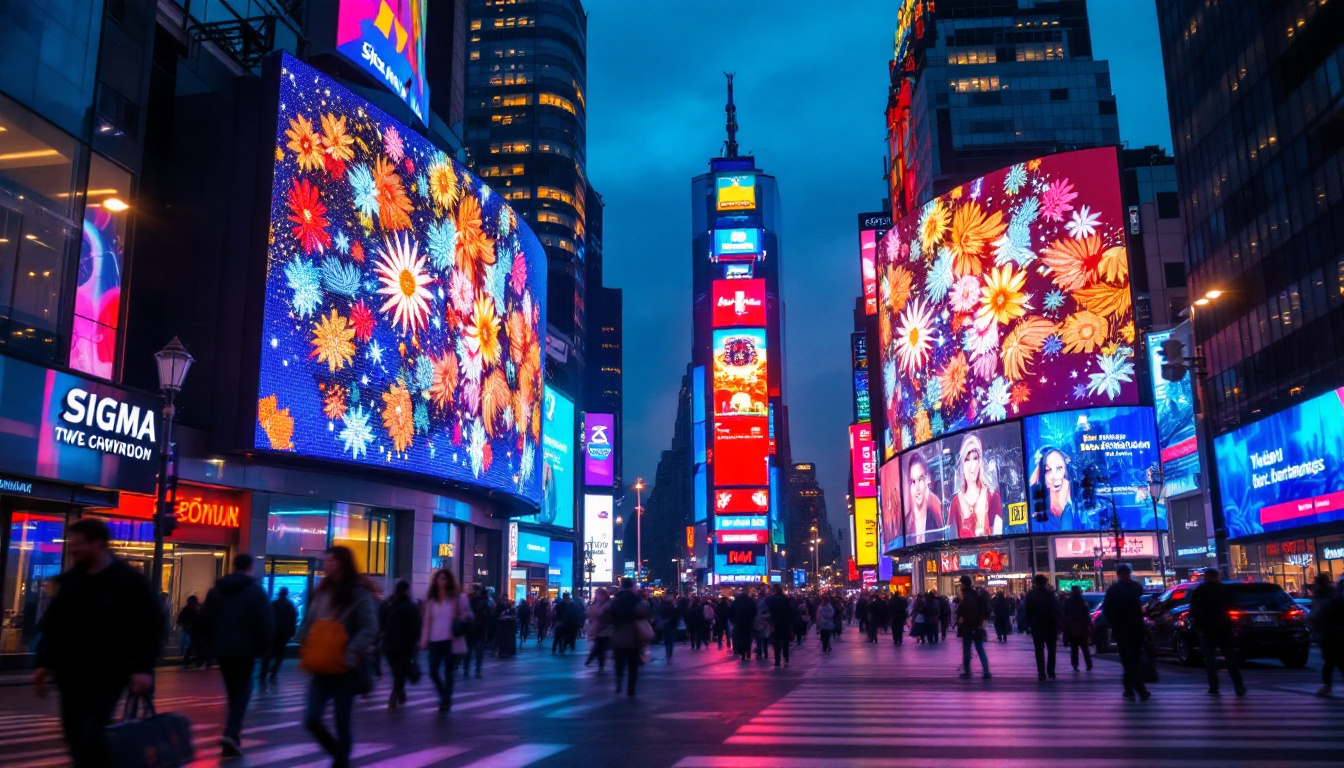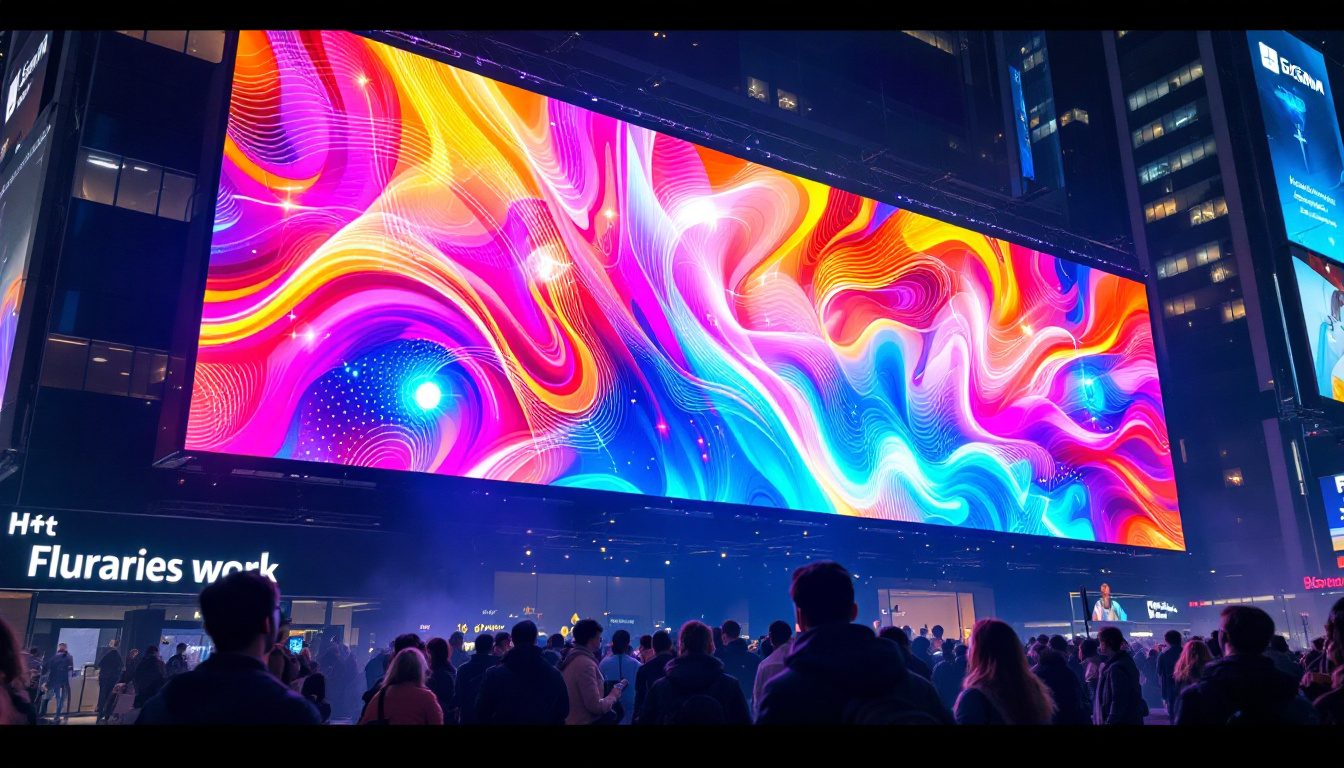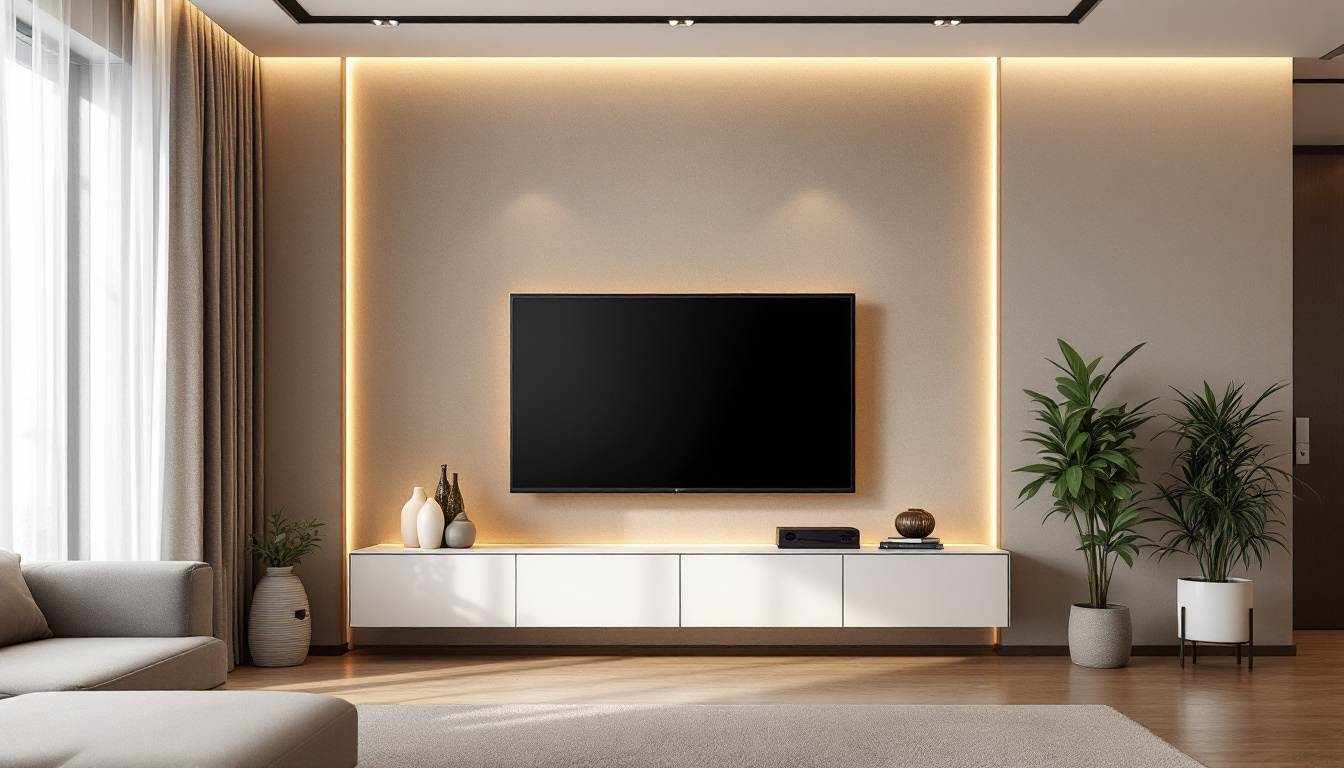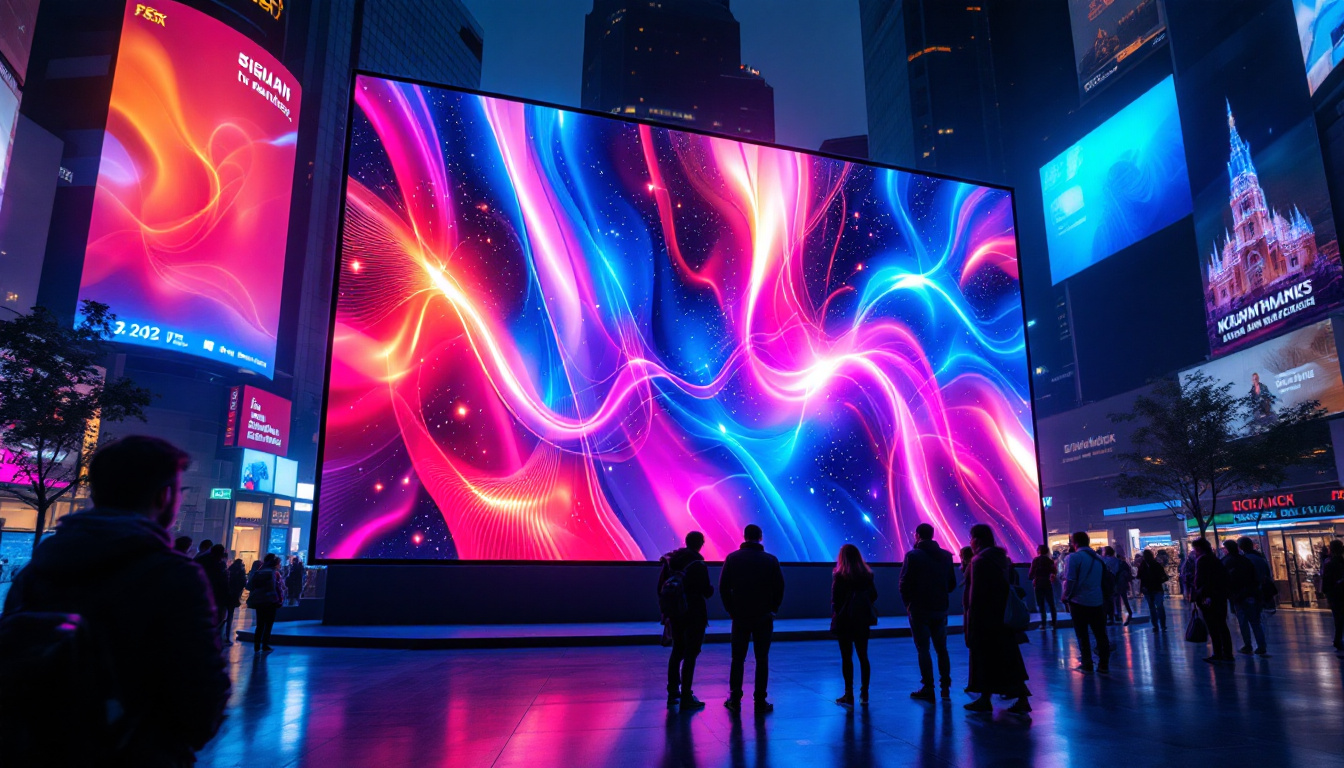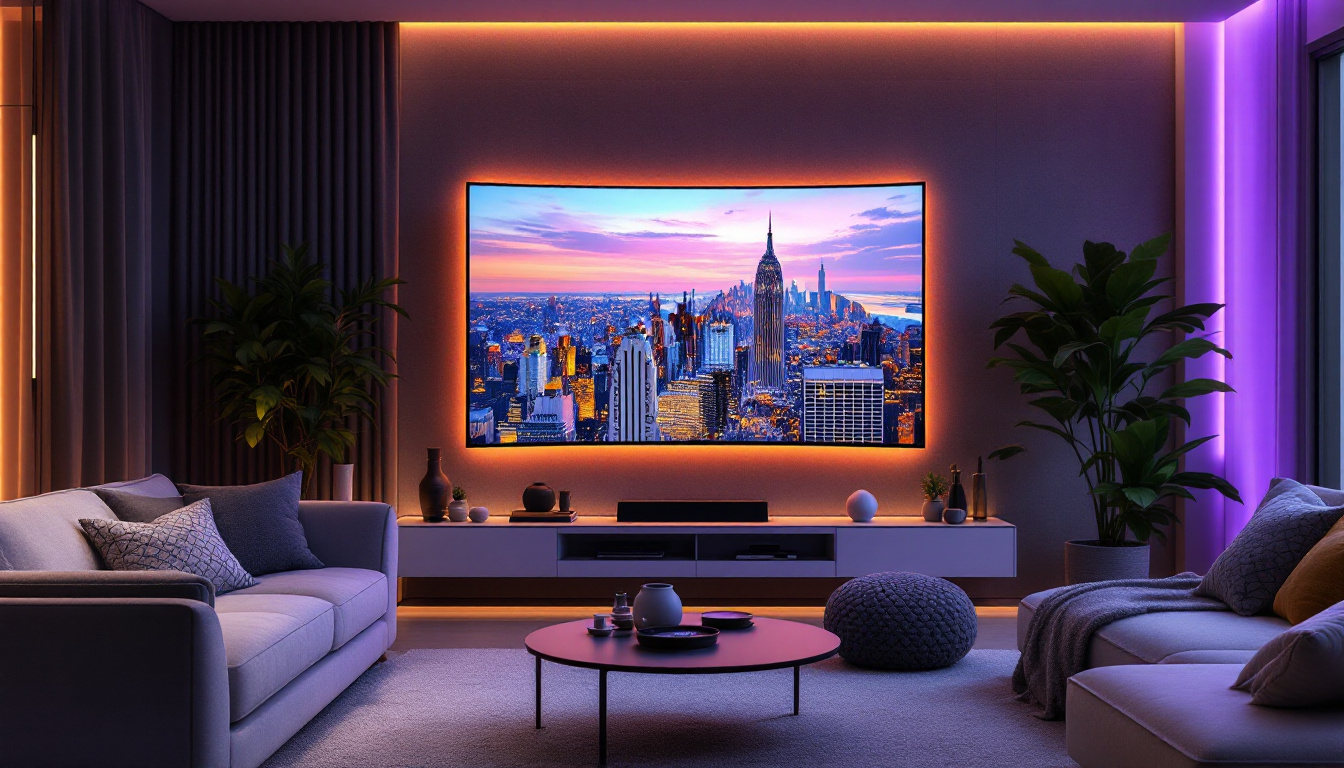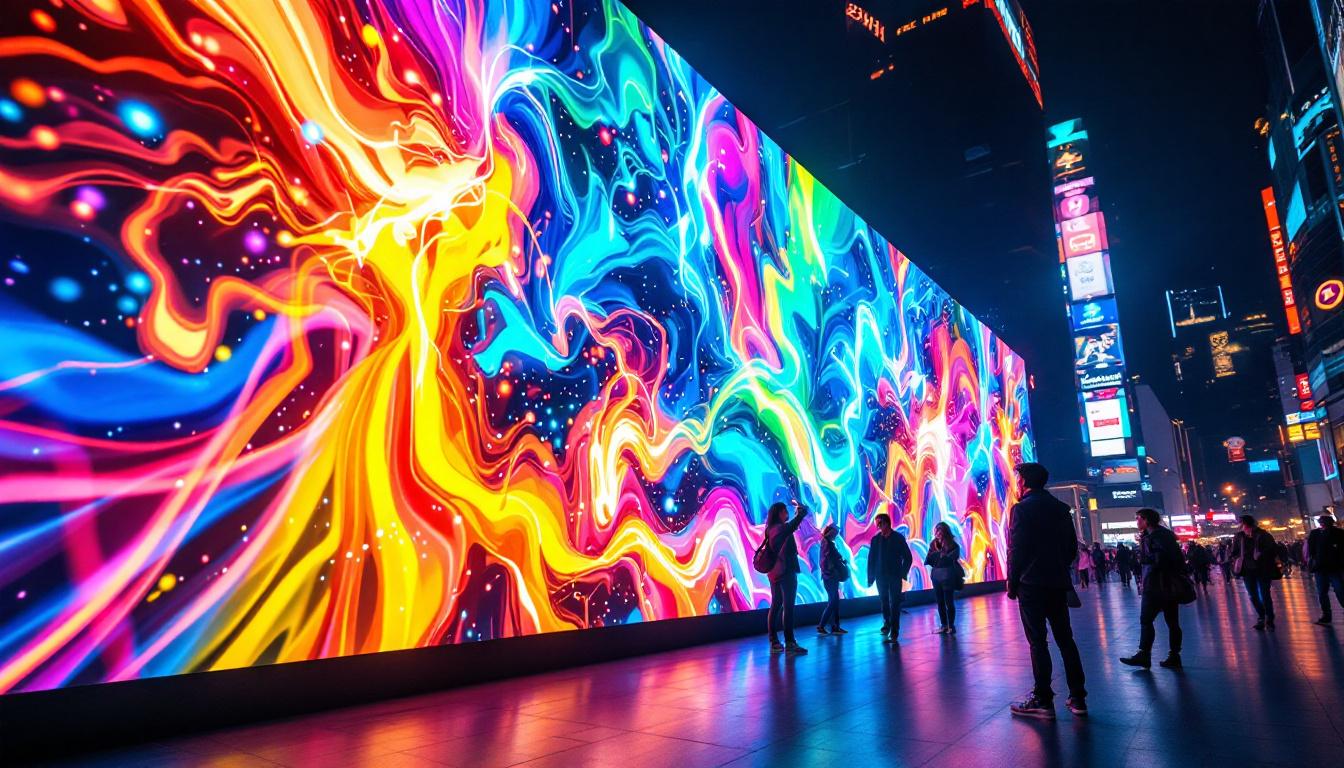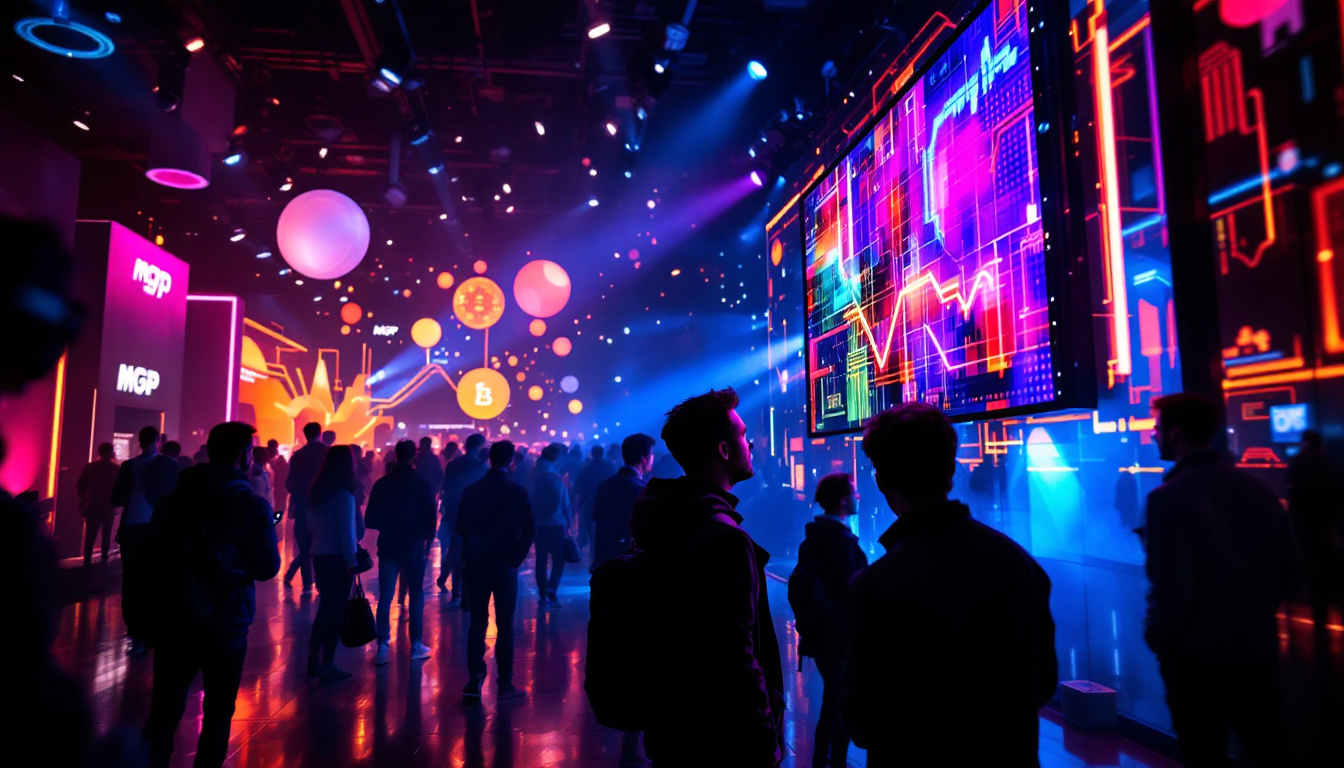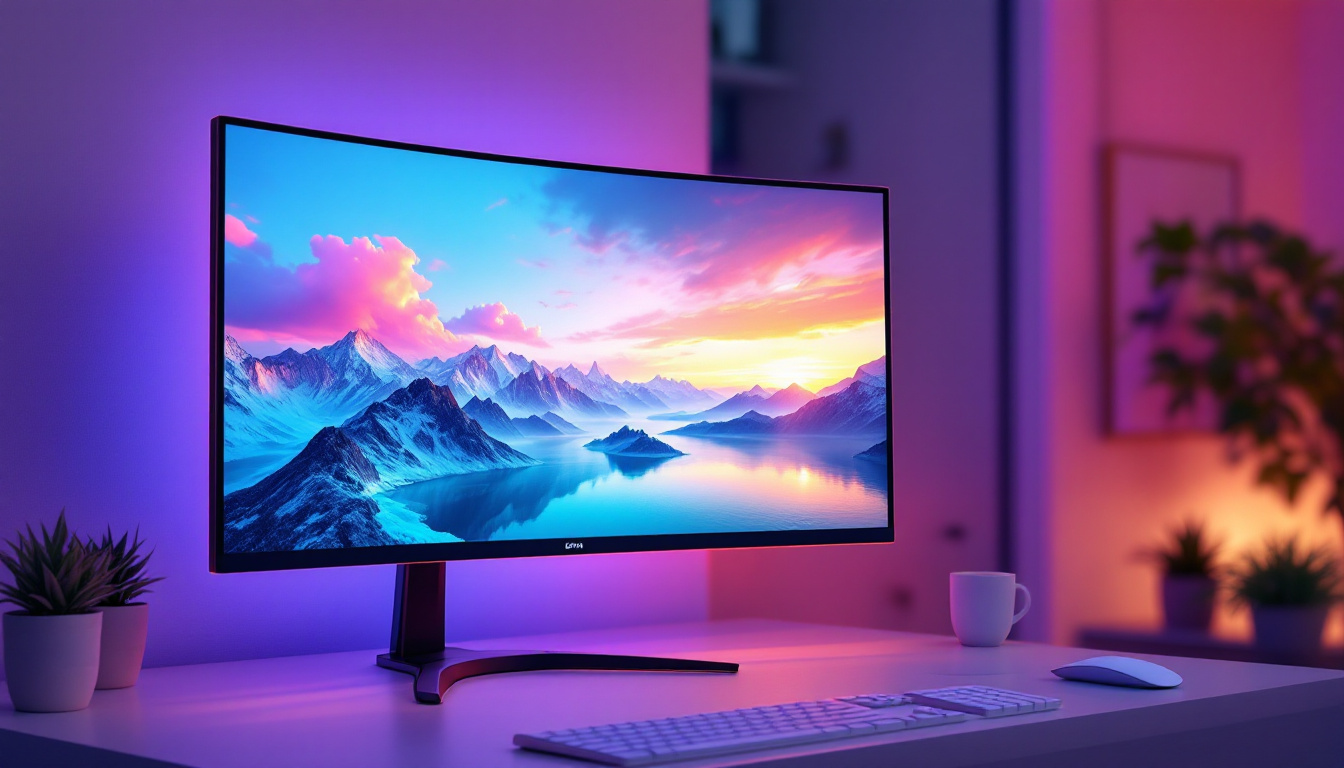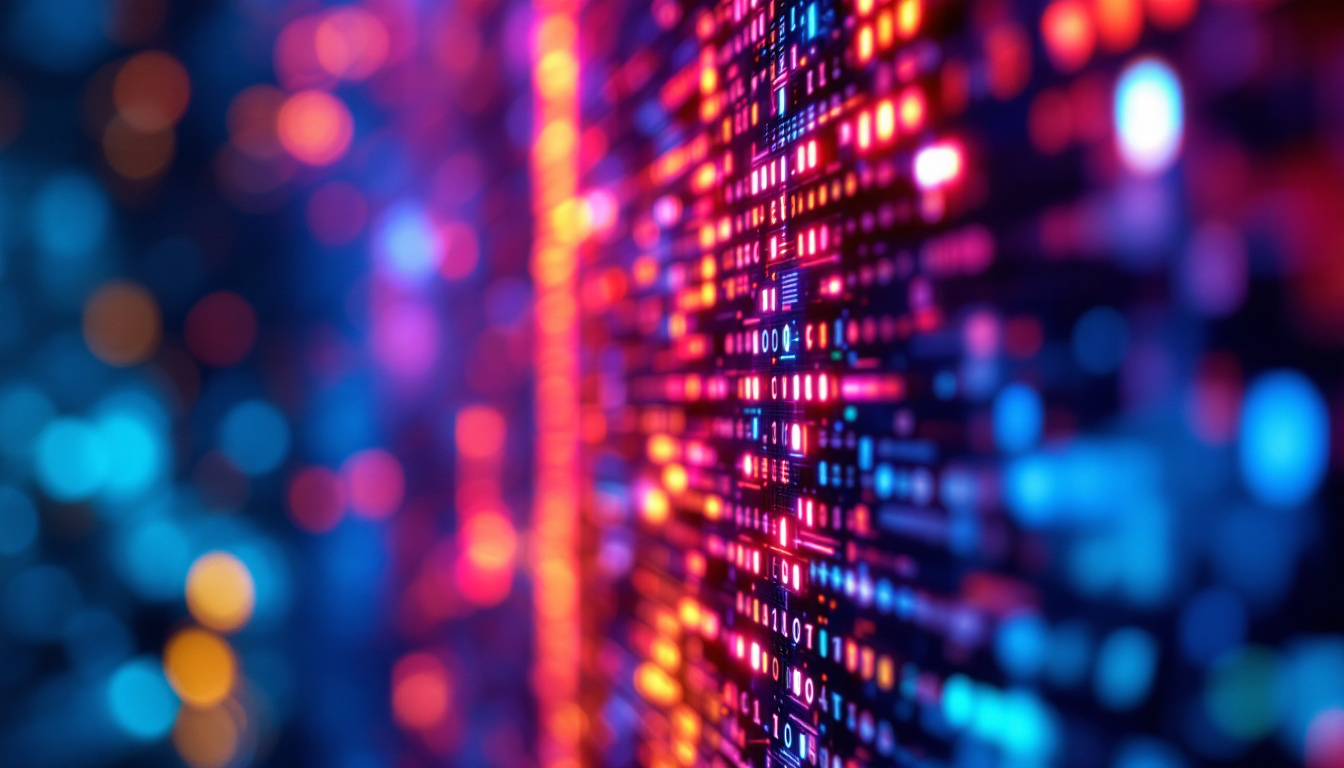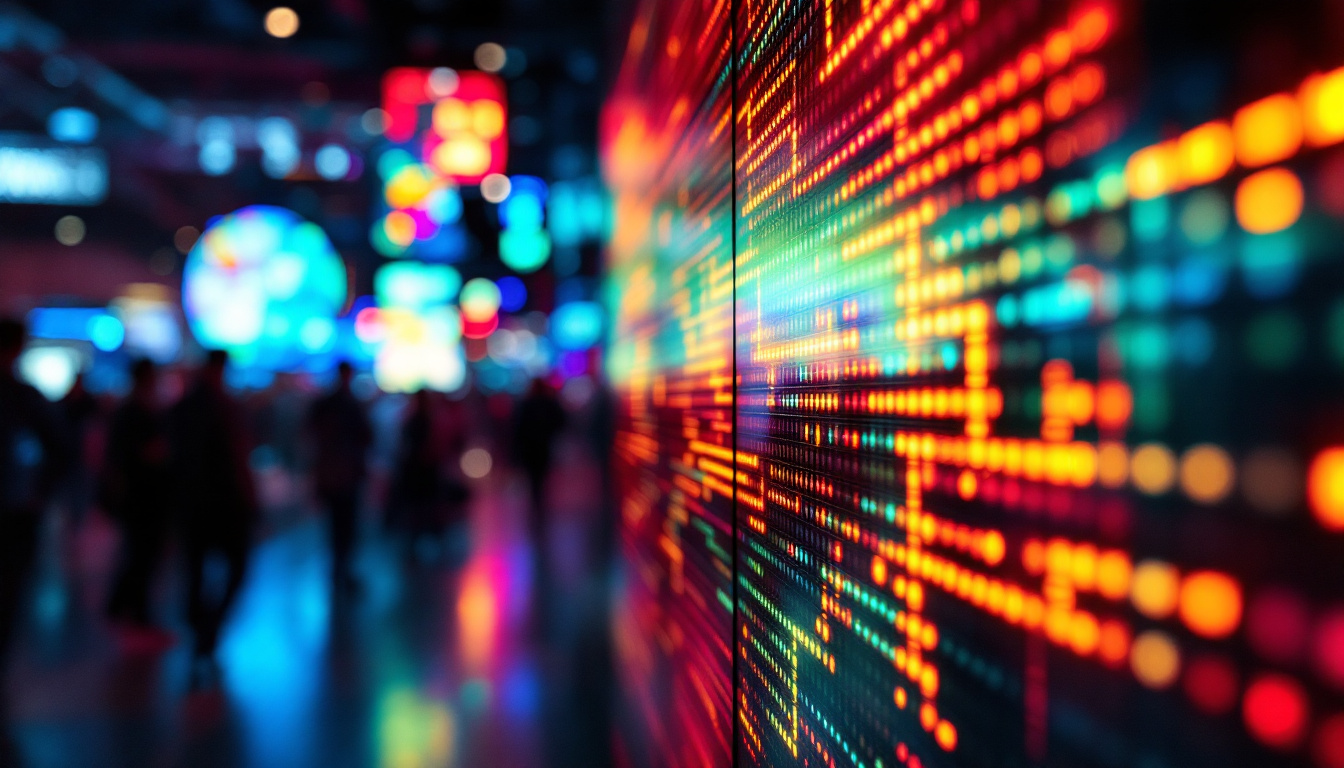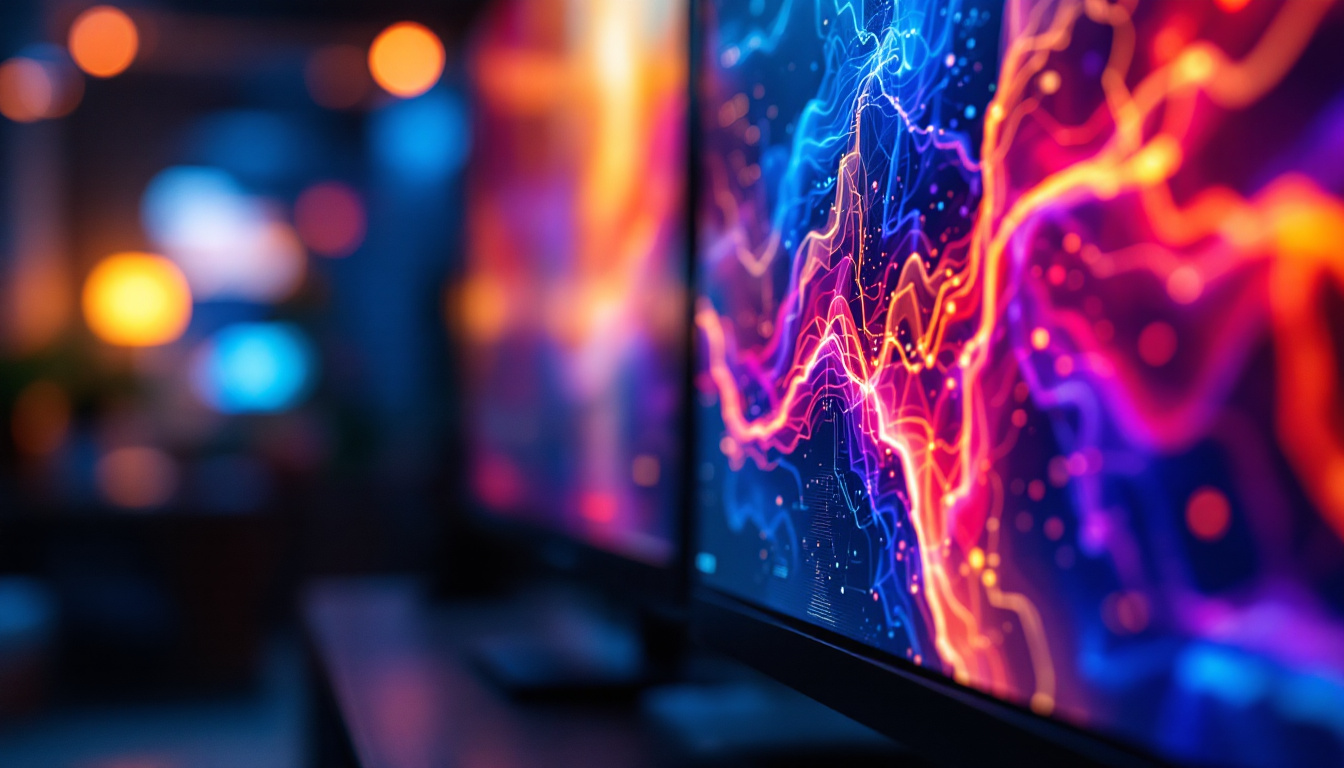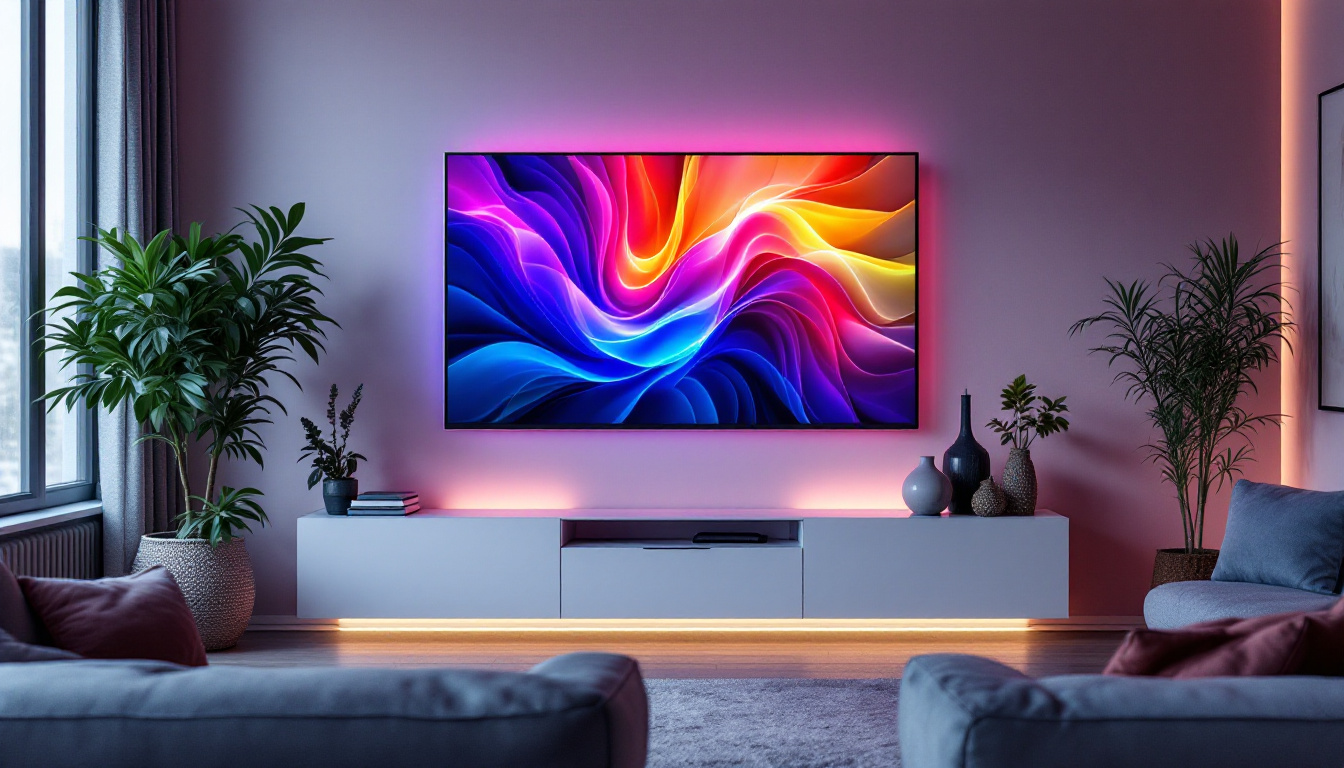In today’s digital age, the demand for high-quality visual displays has surged dramatically. Among the various technologies available, LED displays have emerged as a popular choice for both commercial and personal use. This article delves into the intricacies of LED displays, their functionality, advantages, and applications, particularly in the context of Av视频网站.
Understanding LED Technology
Light Emitting Diodes (LEDs) are semiconductor devices that emit light when an electric current passes through them. This technology has revolutionized the way visual content is displayed, providing brighter, more vibrant images compared to traditional display methods. The compact size and efficiency of LEDs have made them a popular choice not only for screens but also for various lighting applications, from household bulbs to streetlights.
How LED Displays Work
LED displays consist of an array of tiny light-emitting diodes that work together to create images. Each diode can emit different colors, and by adjusting the intensity of these colors, a full spectrum of hues can be achieved. This capability allows for the creation of dynamic and engaging visuals that can capture the attention of viewers. The technology behind LED displays also includes the use of advanced drivers and controllers that precisely manage the output of each diode, ensuring that images are displayed with stunning clarity and accuracy.
These displays are typically categorized into two main types: direct view and backlit. Direct view LED displays are made up of individual LEDs that form the entire screen, while backlit displays use LEDs to illuminate an LCD panel. The choice between these types often depends on the specific application and desired visual quality. For instance, direct view displays are often favored for large outdoor billboards and stadium screens, where high brightness and visibility from various angles are crucial, while backlit displays are commonly used in televisions and computer monitors for their ability to produce sharp images in a more compact form.
Advantages of LED Displays
LED displays offer numerous advantages over traditional display technologies. One of the most significant benefits is their energy efficiency. LEDs consume less power than incandescent or fluorescent lights, making them an environmentally friendly option. This efficiency not only reduces electricity costs but also contributes to a lower carbon footprint, aligning with global efforts to promote sustainable technology.
Additionally, LED displays provide superior brightness and contrast ratios, allowing for clear visibility even in bright environments. Their durability is another key advantage; LED technology is less prone to damage compared to other display types, making them suitable for both indoor and outdoor use. Furthermore, LEDs have a longer lifespan, often lasting tens of thousands of hours, which means fewer replacements and less waste over time. This longevity, combined with their low maintenance requirements, makes LED displays a cost-effective solution for businesses and consumers alike. As technology continues to advance, we can expect to see even more innovative applications for LED displays, further enhancing their role in modern visual communication.
Applications of LED Displays
LED displays are versatile and can be found in a wide range of applications. From advertising billboards to digital signage in retail environments, their adaptability makes them an ideal choice for various industries.
Advertising and Marketing
In the realm of advertising, LED displays have transformed how brands communicate with consumers. The ability to showcase vibrant, animated content captures attention more effectively than static images. This dynamic nature allows businesses to convey messages that resonate with their target audience, driving engagement and increasing sales.
Moreover, LED displays can be easily updated, allowing companies to change their advertisements in real-time. This flexibility is particularly advantageous for promotions or time-sensitive campaigns, ensuring that the content remains relevant and impactful. With the integration of data analytics, businesses can also tailor their displays based on audience demographics and behavior, optimizing their marketing strategies and enhancing customer interaction.
Entertainment and Events
LED displays have become a staple in the entertainment industry, particularly in concerts, festivals, and sporting events. Large-scale LED screens can enhance the viewer experience by providing close-up visuals, live feeds, and interactive content that engages the audience.
These displays are also utilized in theaters and cinemas, where they can create immersive environments through stunning visual effects. The ability to display high-definition content ensures that audiences enjoy a premium viewing experience. In addition, LED technology has made it possible to create unique stage designs and backdrops that can change throughout a performance, adding depth and dimension to live shows. This innovation not only captivates audiences but also allows artists to express their creativity in new and exciting ways.
Furthermore, LED displays are increasingly being used for virtual events and live streaming, especially in the wake of the digital transformation accelerated by recent global events. These displays facilitate high-quality broadcasts that can reach a wider audience, bridging the gap between live and virtual experiences. As technology continues to evolve, we can expect to see even more innovative uses of LED displays in the entertainment sector, enhancing the way we experience performances and events.
LED Display Technologies
The evolution of LED technology has led to the development of various types of displays, each designed for specific applications. Understanding these technologies can help in selecting the right display for a given purpose.
Indoor vs. Outdoor LED Displays
Indoor LED displays are designed for environments where viewing distances are shorter, such as shopping malls, airports, and conference centers. These displays typically have a higher pixel density, resulting in sharper images that are ideal for close-up viewing.
Conversely, outdoor LED displays are built to withstand harsh weather conditions and are often larger in size. They have lower pixel density, which is suitable for viewing from greater distances. These displays are commonly used for billboards and large signage in urban areas.
Fine Pitch LED Displays
Fine pitch LED displays have gained popularity for their ability to deliver high-resolution images in a compact format. With pixel pitches as small as 1mm, these displays are ideal for applications that require detailed visuals, such as control rooms, broadcast studios, and high-end retail environments.
Their superior image quality and color accuracy make fine pitch LED displays an excellent choice for environments where clarity is paramount.
Challenges and Considerations
While LED displays offer numerous benefits, there are also challenges and considerations that need to be addressed. Understanding these factors is crucial for making informed decisions when investing in LED technology.
Cost Implications
One of the primary challenges associated with LED displays is their initial cost. High-quality LED technology can be expensive, and businesses must weigh the upfront investment against the long-term benefits. However, the decreasing prices of LED technology over the years have made it more accessible to a wider range of users.
Additionally, the operational costs associated with energy consumption and maintenance should also be considered. While LEDs are generally energy-efficient, poorly designed displays may lead to higher electricity bills. It is essential to choose reputable manufacturers to ensure quality and longevity.
Installation and Maintenance
Proper installation and maintenance are critical for the optimal performance of LED displays. Incorrect installation can lead to issues such as uneven brightness or pixel failure. Therefore, it is advisable to engage professional services for installation to ensure that the display functions correctly from the outset.
Regular maintenance is also necessary to keep LED displays in peak condition. This includes cleaning the screens, checking connections, and updating software. A proactive maintenance schedule can help extend the lifespan of the display and prevent costly repairs.
The Future of LED Displays
The future of LED display technology looks promising, with continuous advancements being made to enhance performance and functionality. Innovations such as flexible LED displays and transparent screens are already beginning to emerge, paving the way for new applications and creative uses.
Sustainability and Eco-Friendliness
As environmental concerns continue to grow, the focus on sustainability within the LED industry is becoming increasingly important. Manufacturers are exploring ways to make LED displays more eco-friendly, such as using recyclable materials and reducing energy consumption.
Moreover, the development of organic LEDs (OLEDs) represents a significant step towards more sustainable display technology. OLEDs offer improved energy efficiency and flexibility, making them an attractive alternative to traditional LED displays.
Integration with Smart Technology
The integration of LED displays with smart technology is another trend that is shaping the future of this industry. Smart LED displays can connect to the internet and be controlled remotely, allowing for real-time updates and content management. This capability is particularly beneficial for businesses that require dynamic advertising solutions.
Furthermore, the incorporation of artificial intelligence (AI) into LED display technology can enhance user experiences by providing personalized content based on viewer preferences and behaviors.
Conclusion
LED displays have become an integral part of modern communication and advertising strategies. Their versatility, energy efficiency, and superior image quality make them a preferred choice across various industries. As technology continues to evolve, the potential applications for LED displays will only expand, offering exciting opportunities for innovation and engagement.
For businesses and individuals looking to invest in display technology, understanding the nuances of LED displays is essential. By considering factors such as application, installation, and maintenance, one can make informed decisions that align with their specific needs and goals.
In summary, LED displays are not just a passing trend; they are a vital component of the digital landscape that will continue to shape how we interact with visual content in the years to come.
Discover Cutting-Edge LED Displays with LumenMatrix
As you consider the vast potential and applications of LED display technology, LumenMatrix stands at the forefront of innovation, ready to illuminate your brand’s message with unparalleled clarity and vibrancy. With a comprehensive suite of solutions including Indoor and Outdoor LED Wall Displays, Vehicle LED Displays, LED Poster Displays, and more, LumenMatrix is committed to revolutionizing the way businesses engage with their audiences. Experience the future of visual communication and check out LumenMatrix LED Display Solutions to create captivating visual experiences that leave a lasting impression.

